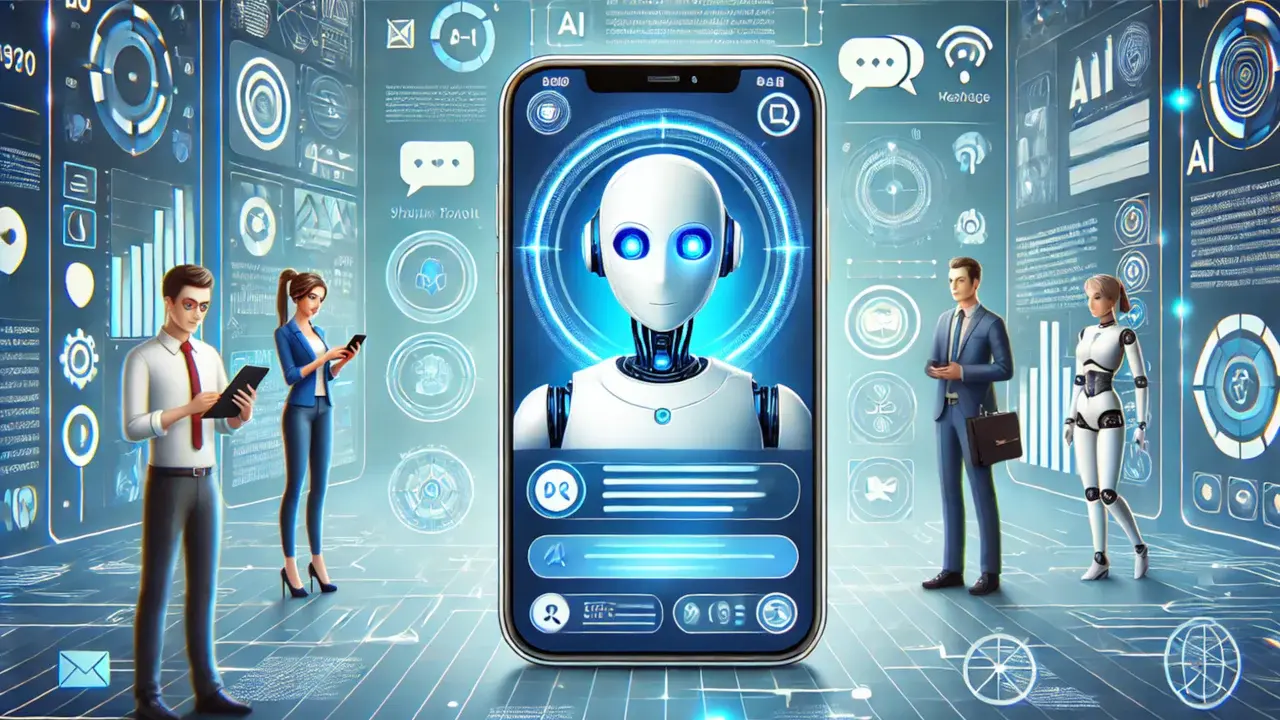What the ChatGPT x Shopify Integration Really Means for Retail—and the Brands That Sell Through It
The line between convenience and conversion just got obliterated.
In case you missed it: OpenAI and Shopify have joined forces to embed Shopify’s checkout directly into ChatGPT, transforming it into a full-fledged shopping assistant. Users can now browse products, view real-time pricing and reviews, and complete purchases—all within the chat interface. This integration eliminates the need to navigate external websites, streamlining the shopping experience.
Netting it out for you, the implications for commerce are a commercial signal flare. One that lights up a future where AI doesn’t just inform shopping decisions—it executes them.
For retailers and manufacturer brands alike, this isn't just an evolution of e-commerce. It’s a fundamental rewiring of the path to purchase. A shift that raises an urgent question: If a shopper never opens a browser or clicks a link… how does your brand even show up?
From Browsing to Buying: AI Is Flattening the Funnel
Today, a growing number of interactions with brands and products begin with a query to an AI agent. And those queries are no longer informational—they’re transactional.
🔍"Find me a mid-century desk under $200."
🔍"Buy more laundry detergent."
🔍"Send a birthday gift to my brother who likes golf."
Historically, that sort of task would launch a long funnel: a search engine, a comparison table, ads, cookies, more ads, reviews, price filters, cart pages. A dozen steps from curiosity to checkout.
Not anymore.
With Shopify embedded in ChatGPT, the entire buying journey can now be collapsed into a single conversational moment—product recommended, link returned, checkout initiated.
The friction is gone. The funnel is gone. The brand visibility? Potentially gone too—unless you're prepared.

I'll point you to eMarketer for more: https://www.emarketer.com/content/openai-shopify-chatgpt-ecommerce-integration
Why Shopify Is Suddenly the Center of Gravity
Shopify didn’t just land a cool partnership. It positioned itself as the default commerce layer of the AI era. It’s easy to see why. Shopify has a clean merchant infrastructure, a massive product catalog, and a mature set of APIs.
That has profound implications:
- For retailers, being on Shopify is no longer about ease of site management. It’s about visibility in the AI layer of the internet.
- For brands, it means your products must be positioned not just for searchability, but for recommendability.
With over 800 million users, ChatGPT offers Shopify merchants unprecedented exposure without relying on traditional advertising channels. Even if you don’t sell direct, you need to know how your SKUs are showing up—or not showing up—in this new decision engine.
Manufacturer Brands: You’re in the Game, Whether You Know It or Not
If you're a manufacturer brand that sells via Amazon, Walmart, or Target—this shift still affects you. Why? Because AI agents won't care where your product is sold. They’ll surface the best option, fastest delivery, highest-rated match—regardless of channel.
- Channel blindspots become brand blindspots. If your Amazon product page isn’t optimized, your brand won’t be seen—even if it's the best choice.
- The middleman becomes the storefront. You no longer own the first impression. Your retail partners' product listings, inventory accuracy, and metadata become your brand's voice in AI conversations.
- You need multi-channel mastery. AI will select the “best” product from across all platforms. You can’t assume that being anywhere means you’ll show up. You have to be everywhere—and optimized.
It’s not about selling direct vs. indirect. It’s about ensuring your product is the agent’s best answer—wherever it lives.
Amazon’s Role Is Changing Too
For the past two decades, Amazon has been the gravitational center of e-commerce. But as AI agents start to handle the shopping journey, Amazon’s role is beginning to fragment. Yes, it will remain a dominant marketplace. But the bigger play might be logistics infrastructure—the invisible engine behind AI-powered purchases. We’ve seen this before. In the UK, a national chain called Menzies pivoted from retail to logistics when they realized their true value wasn’t store-facing. Amazon may be heading down a similar path—not by preference, but by necessity.
For brands, that means a future where Amazon powers fulfillment, but not discovery. Discovery happens upstream—in the AI layer. The implication? You must own your story before the cart is ever filled.
The New Rules of AI-First Commerce
Let’s be clear: this isn’t just about Shopify. It’s about a broader restructuring of how brands get found, recommended, and chosen. So what should forward-looking retailers and brands do right now?
1. Optimize for AI Discovery
Think beyond traditional SEO. You’re now optimizing for LLM responses. That means investing in structured product data, strong topical authority, and smart channel syndication. Generative Engine Optimization (GEO) may be a clunky term—but the strategy is critical.
2. Own Your Product Presence Everywhere
Audit your SKUs across all channels. How do they show up in Shopify? Amazon? Target? Walmart? Are the product descriptions compelling? Are images optimized? Are reviews managed? In AI commerce, every data point matters.
3. Prepare for Ecosystem Wars
The retail stack is splitting. Will you bet on OpenAI + Shopify? Anthropic + Amazon? Google + YouTube + Gemini? Your partnerships and tech decisions need to reflect the ecosystem where your shopper's AI lives.
Final Thought: If You’re Not Bold, You May Not Be Seen
At Public Label, we believe brands shouldn’t wait for disruption to arrive—they should be the instigators of it.
This new era of AI-powered commerce isn’t coming. It’s already here. And it’s upending the rules of engagement for every brand, retailer, and marketer.
So ask yourself: When your next customer doesn’t browse, doesn’t search, and doesn’t scroll—will they still find you?
Because in the age of AI commerce, visibility is no longer about traffic. It’s about presence in the moment of decision.
Let’s spark the next era of commerce, together.

